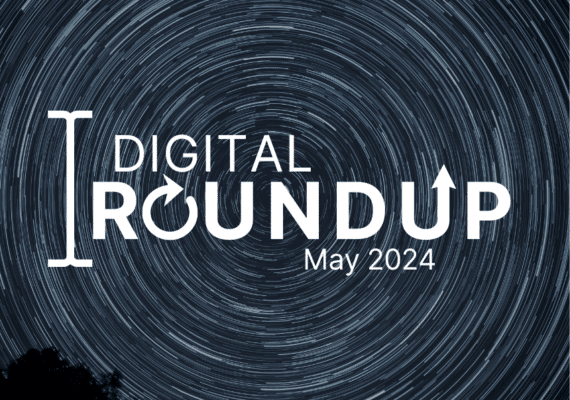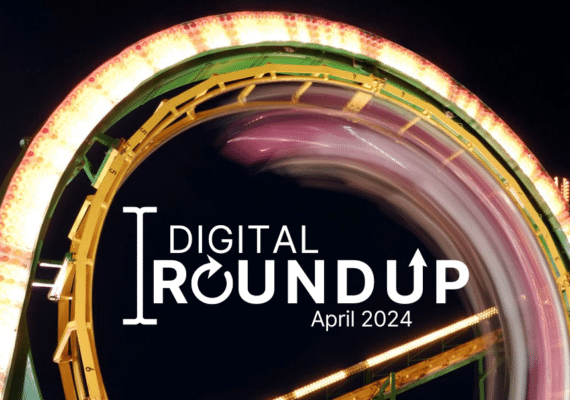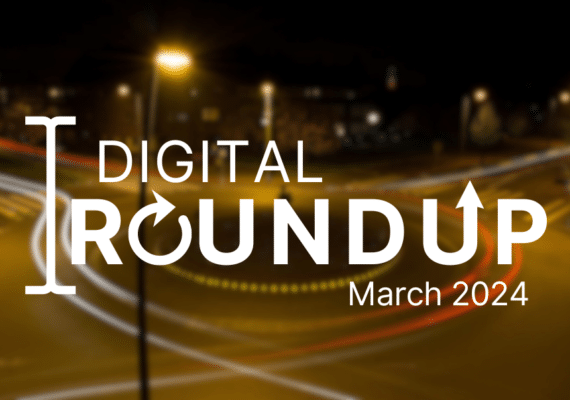Contents
WordPress Introduces OpenAI Content Generator
Since early on in OpenAI’s meteoric rise in popularity (and sometimes infamy), speculation has arisen about the possibility of a self-generating CMS. The basic principle is the integration of a language model with the back-end of any website, allowing prompts to direct AI to generate its own content that also adheres to the principles of SEO.
No longer is it just speculation – WordPress recently announced it is testing its own AI assistant, and they’ve given us some specifics for what it will be able to do:
- Direct integration with WordPress editor, allowing content to be generated straight into content blocks as though a human were typing it.
- A paid version for $10/month, providing unlimited requests, as well as a free version which allows only 20.
- The ability to create full articles with titles and summaries in accordance with correct spelling, grammar, and SEO best practices. A key feature here is compatibility with multiple languages and automatic translation.
- A variety of different tones of voice: formal, informal, optimistic, humorous, serious, sceptical, empathetic, confident, passionate and provocative.
It is an impressive list of features which certainly seem within the realm of the achievable with OpenAI’s current capabilities. The introduction of tone will add a new dimension to the content we see generated. Whether or not any great improvements to the quality of AI-generated content will be made remains to be seen, but questions are certainly raised.
What does this mean for content marketing? To questions about whether their algorithm will penalise AI-generated content, Google has said they will not. This then raises another – if their aim is the best user experience, can we say that human-prompted and AI-generated content doesn’t provide at least a good one? Can we even tell the difference if we aren’t told?
Meta Reels Ads Roll Out Across Instagram
Instagram Reels might be seen as derivative of TikTok, but so were stories of Snapchat. Instagram has probably integrated existing features better than any of the competition. In their own right Reels are a success in and of their own right – this year hitting 2.5 billion active monthly users.
It’s a gigantic audience, and one engaging with content 22% more of the time on average than on the rest of the platform. It can be no surprise that Meta has launched advertising on Reels, aiming to monetize this teeming new medium in a similar fashion to TikTok.
Not only are the ads kept as in keeping with normal reels as possible, but it’s highly likely that a large portion of advertising content on Reels will evolve a more natural feel. This will not just allow it to blend in better with the scrolling experience but is a more seamless way to integrate influencers into a marketing strategy. Traditional ad formats are undeniably less engaging than organic content, which exists within a constant cycle of viral trends, after all.
The ads you will have seen if you watch Reels come with another innovation, too: Meta is testing a free music library advertisers can bring to their campaigns. The Meta Sound Collection was a concept brought about by Meta’s finding that ads with music do gain 15% more engagement than those without. The standard is clear – engageable is key, the rest comes later, in this hyper-visual and audio-centric advertising space, wordy ads aren’t going to cut it.
GA4: Over 170 New Fields Added to Looker Studio
It’s time to refresh your data sources! Along with the mighty analytics switchover testing the tensile strength of marketers’ hair follicles, it appears an avalanche of change is to come with it.
Several qualms with the new status quo have been grumbling under the surface, with some UA purists insisting GA4 is and always will be deficient compared to its predecessor. Harsh criticism for a first day on the job, taking over a framework that has been tweaked over the years for Universal Analytics. With time the integrations will arrive with new features like those recently added to Looker Studio.
For anyone charged with the dreaded but necessary science of reporting, expanding the amount of data we can automate is welcome news – certainly for your fist and the warranty on your monitor. This update serves advertisers in a big way, introducing insights into landing pages and conversions by sessions and users, along with a host of handy metrics which come along with the new event-based orthodoxy.
Accessing these new fields is as simple as heading to your ‘Data Sources’ in your Looker Studio account, selecting your desired field and hitting ‘Refresh Fields’ on the bottom left. All of the new fields will appear for you to browse, or not – a better option may be to get to grips with those you will actually need to use by testing those that feel relevant to your own reports. Click ‘Apply’ and you’re all set! A shame the update doesn’t include a Men in Black mindwipe for all the same metrics given shiny new names, but fear not – Google has its reasons. The sooner we get used to all this new the sooner we can benefit from GA4’s innovations – after all, there is no use in complaining when change is already here.
Have a play around with new metrics, try creating some dummy reports and get to know the changes at your own pace.






